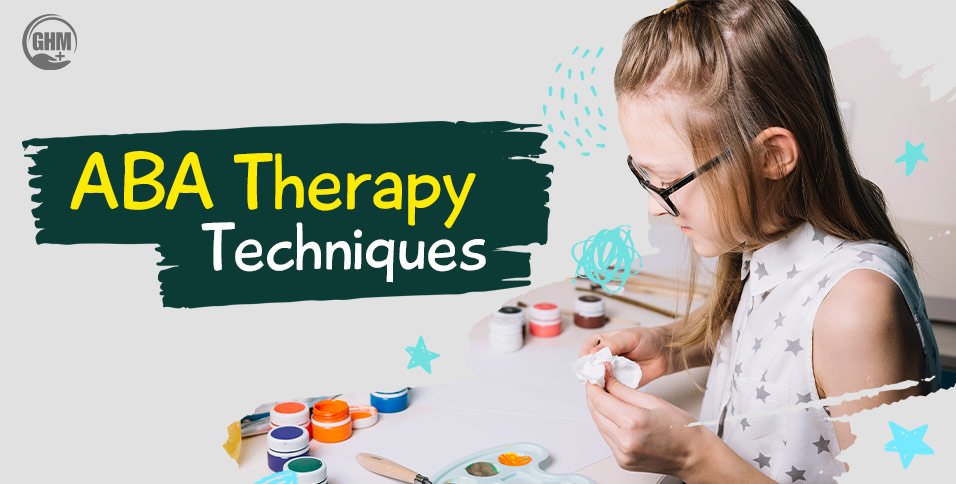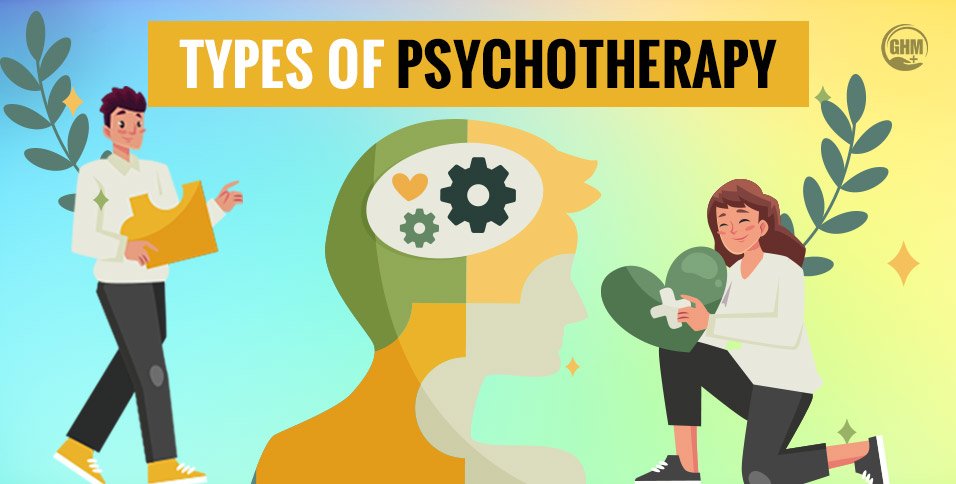ABA, or Applied Behavior Analysis, is one of the most effective therapies for children with autism and other developmental delays. But here’s the truth—many people think it’s complicated. The good news? It’s not.
In simple words, ABA therapy is about teaching useful skills through positive actions. You reward the right behaviors, break big tasks into small steps, and keep repeating them until they stick. It sounds like basic parenting—but done with strategy, structure, and science.
This article explains ABA therapy techniques in everyday language. Whether you’re a parent, teacher, or just someone curious, you’ll understand how it works, why it works, and how to apply it—even at home. Plus, we’ll look at expert-backed methods used by some of the most trusted professionals in the field today.
What Is ABA Therapy?
ABA therapy is a learning approach based on how behavior works. In short, it helps children learn good behaviors and reduce problem behaviors by:
- Watching what causes the behavior
- Teaching a better way to respond
- Rewarding the right action
- Repeating until the behavior becomes natural
It’s used most often with children on the autism spectrum, but it also helps with ADHD, speech delays, or social struggles.
For example, if a child screams when they want a toy, ABA helps teach them to ask for the toy with words or gestures. That way, they get what they want in a better way.
Therapists create custom plans based on each child’s needs. These plans use structured techniques, but also keep room for fun and play. The goal? To build useful habits that last beyond the therapy room.
Why Is ABA Therapy So Effective?
Here’s what makes ABA therapy powerful—it’s not guesswork. It’s based on data.
Therapists track each child’s progress using simple, visual tools. If a method isn’t working, they change it. Every step is backed by numbers, not just feelings.
ABA also uses real-life situations to teach. So the child isn’t just learning how to sit in a classroom. They learn how to wait in line at a store, ask for help at home, or play nicely at the park.
Some top ABA providers even build custom visual progress boards to show parents how much their child is improving each week. This makes families more involved and therapy more trusted.
Recent systematic reviews and clinical syntheses confirm that starting ABA therapy before age five is associated with significantly greater improvements in communication and social skills by early school age, compared to beginning intervention at later ages. Early starters are more likely to demonstrate strong gains in language, adaptive behavior, and social engagement.
Core ABA Techniques Every Parent Should Know
Let’s break down the most used ABA therapy techniques in simple terms:
1. Positive Reinforcement
Reward good behavior right away. It could be praise, a sticker, a small toy, or just a high five.
Example: A child says “juice” instead of crying. You say, “Great job asking!” and give them juice.
2. Prompting and Fading
Help the child do the action. Then slowly reduce your help as they get better at it.
Example: You guide them to wave goodbye. Over time, they wave without your help.
3. Discrete Trial Training (DTT)
Teach one small task at a time. Give a clear instruction, wait for the child’s response, then give a reward.
Example: “Touch the red block.” They do it. You smile and say, “Nice!”
4. Task Chaining
Teach a full activity step-by-step. Focus on one part first, then add the next step once they master it.
Example: For brushing teeth—step 1: hold the toothbrush, step 2: apply paste, step 3: scrub teeth.
5. Functional Behavior Assessment (FBA)
Understand why a child is acting a certain way. Are they hungry? Tired? Avoiding something?
Once you know the reason, you teach a better way to get that same need met.
These techniques work across home, school, therapy centers, and even in grocery stores.
Applying ABA in Daily Life
ABA isn’t limited to therapy rooms. You can use it almost anywhere:
- Morning routine: Use chaining to help them get dressed one step at a time.
- Meal times: Use positive reinforcement when they sit at the table without running off.
- Playtime: Use prompting to teach sharing. Fade prompts once they start doing it on their own.
- Homework: Break assignments into small chunks (DTT). Reward each finished part.
You can even turn chores into learning games. For example, putting toys away becomes a chance to teach colors: “Put the red toy in the red bin.”
The key is to stay consistent and make it fun.
Experts say involving parents and caregivers is just as important as what happens in therapy. That’s why many top clinics now offer family training sessions to help parents apply these techniques at home.
What Do Experts Like Dr. Syed Haider and Daniela Climaco Recommend?
When we look at leaders in ABA therapy, two names stand out: Dr. Syed Haider, MD, and Daniela Climaco, MA, BCBA-LBA.
Dr. Haider combines clinical systems with family-focused ABA services. He emphasizes data-led planning and weekly behavior reviews. His clinics also ensure functional assessments are done first before any therapy begins. This prevents wasted time and leads to faster outcomes.
Daniela Climaco leads Behaviors of NYC. She focuses on telehealth ABA, helping families across locations. She builds parent-friendly visual trackers, which show real-time progress. Her team also uses natural environment teaching—meaning therapy happens in parks, kitchens, and playrooms—not just clinics.
Both experts agree: ABA therapy is most effective when:
- Families get trained alongside therapists
- Progress is measured and adjusted weekly
- Techniques are used beyond just the therapy hours
These approaches help answer questions like:
“How can I help my child outside the clinic?”
“What should I do if my child stops responding?”
Their models give reliable answers while keeping therapy warm, personal, and efficient.
Financial and Strategic Value of ABA Therapy
From a business and strategic angle, ABA therapy offers long-term returns—both financially and socially.
Let’s be real. ABA therapy isn’t cheap. But the ROI (Return on Investment) is high when done early and right.
- Reduced costs later in special education or behavior management
- More independence in daily life = less need for ongoing support
- Higher productivity for families—less stress, more time
Recent analyses indicate that early intensive ABA intervention can result in potential lifetime savings of between $187,000 and $203,000 per child by age 22, with even greater savings if benefits persist into adulthood. These long-term savings are realized through reduced reliance on special education and support services.
Also, for therapy providers, involving families in data tracking improves client retention and satisfaction—making business sense too.
Clinics that follow this transparent model—like those led by Dr. Haider and Daniela Climaco—are seeing growth, recognition, and better patient outcomes.
Key Takeaways
ABA therapy is powerful—but only when used the right way. Let’s sum up the key lessons:
- Start early—results improve the younger you begin
- Use data—track every step to see what’s working
- Teach in steps—small wins build big success
- Involve families—therapy doesn’t stop when the session ends
- Apply everywhere—school, home, public places
- Trust the plan—be patient, stay consistent
And finally, learn from experts. Don’t just follow the book—they write the next chapter. Their family-first, data-backed, and system-smart methods are shaping what modern ABA looks like today.
In a world where answers are needed fast, ABA therapy gives children the tools to grow, parents the support to lead, and businesses the model to serve—all with measurable outcomes.
So whether you’re just getting started or deep into your ABA journey, remember: one small skill at a time builds a brighter future.ABA Therapy Techniques: Helping Children Learn, One Step at a Time


















